My final column covers the neighborhood of Manhattan, or any borough, with arguably the highest name recognition.
Americans and non-Yankees alike know Harlem or at least the name, reliably. An area of Upper Manhattan known as a cornerstone of Black culture and influence, Harlem has produced the world’s best poets and jazz musicians, and stands today, like much of our city, at a cultural crossroads at this current moment, with delicious food.
Harlem very much operates, more than any other neighborhood in New York, like its own town.
It also is one of the few neighborhoods that has subdivisions within it; neighborhoods within neighborhoods, if you will. For the purposes of this column, anything east of Morningside Park and west of 5th Ave. between 110th and 155th St. will be covered here, leaving Sugar Hill, Manhattanville, Hamilton Heights and the other neighborhoods within Harlem in fair territory.
East Harlem could very well be lumped in with Harlem but could just as properly be considered a separate neighborhood for column purposes. With many cultural and historical differences, East Harlem very much stands as its own neighborhood today, which is why it will not be covered this week.
Throughout the 18th and 19th century, Harlem served primarily poor Jewish or Italian immigrants that would often flee north (of midtown or lower Manhattan that is), due to persecution.
As the Great Migration of Black Americans from the South to northern cities occurred at the turn of the 20th century, Harlem rapidly developed into the black enclave of America’s largest city.
The Harlem Renaissance of the 1920s and 1930s brought to life the talents of Duke Ellington, Langston Hughes and Zora Neale Hurston. With the opening of the Apollo Theater in 1934, Harlem became a center of art and music, poetry and dance.
In 1990, Harlem was 88% Black. Harlem is no longer a predominantly Black neighborhood in 2023.
The Apollo Theater is still open for business today and hosts improv shows, comedy open-mics and big names all in one week. Drake famously performed there last January.
After taking the Metro North one stop and walking southwest for five minutes, the Africa Center, formerly known as the Museum for African Art, is a sleek space featuring photography, paintings and other forms of modern art depicting Africa and African culture.
Right now, a stunning photography exhibit tragically showing the effects of climate change is on display. The Africa Center is free and open to the public.
Harlem is soul food central for New York and anywhere north of, let’s say, central Virginia. As a North Carolina-born Ram, I feel uniquely qualified to let you all know that the Harlem Biscuit Company has legitimately good biscuit sandwiches. Legitimately really good.
Charles Pan-Fried Chicken is also the spot. With four locations in the city, the flagship sits at 145th Street. Best fried chicken in New York. Period.
But perhaps the best, must-try soul food location in Harlem is Sylvia’s. Serving homestyle servings of mac and cheese, collard greens and other southern staples since 1962.
Outside of Southern soul food, Harlem can get your taste buds going in other ways.
Lolo’s Seafood Shack is a mainstay for crispy shrimp, smoked jerk ribs and other Caribbean specialties on 116th Street. Harlem Shake does classic American diner food in classy yet casual fashion, and is loaded with celebrity decor and Harlem history.
I feel extremely humbled and grateful to have written this column, to be given a space to nerd out on neighborhoods of New York, and to hopefully have shone a light on parts of the city that were previously in the dark or dimly lit.
What dedicated readers of this column (all million of them) know is that it’s the normal, seemingly nondescript qualities of a neighborhood that end up standing out to me.
Harlem has the most square footage of nondescript beauty in Manhattan. Gorgeous row houses, quiet streets and green spaces narrowly placed to always offer residents a refuge, Harlem has history, culture, tranquility and offers a refreshing day trip just waiting to be taken advantage of.



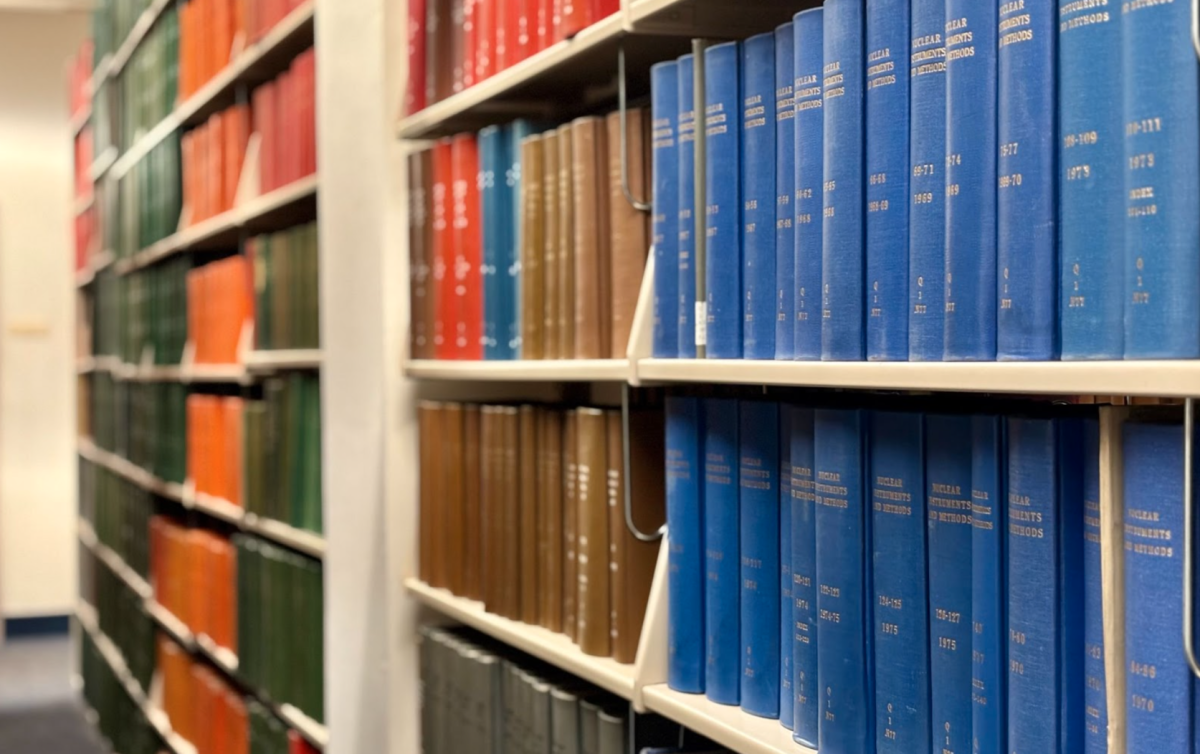


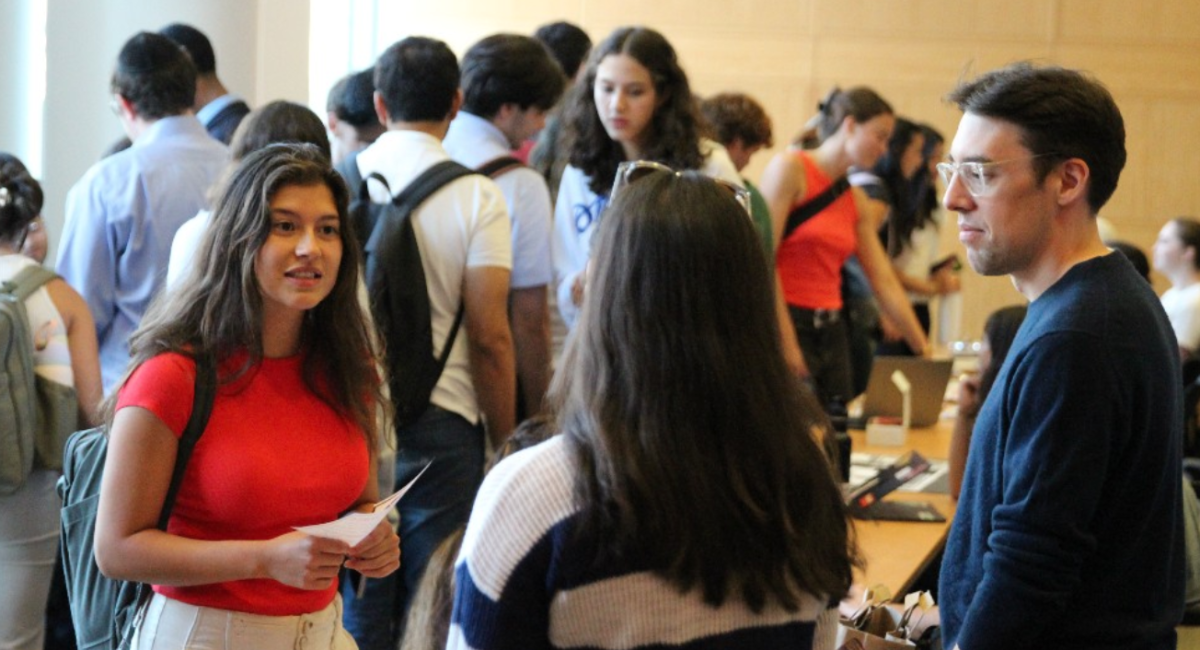






















































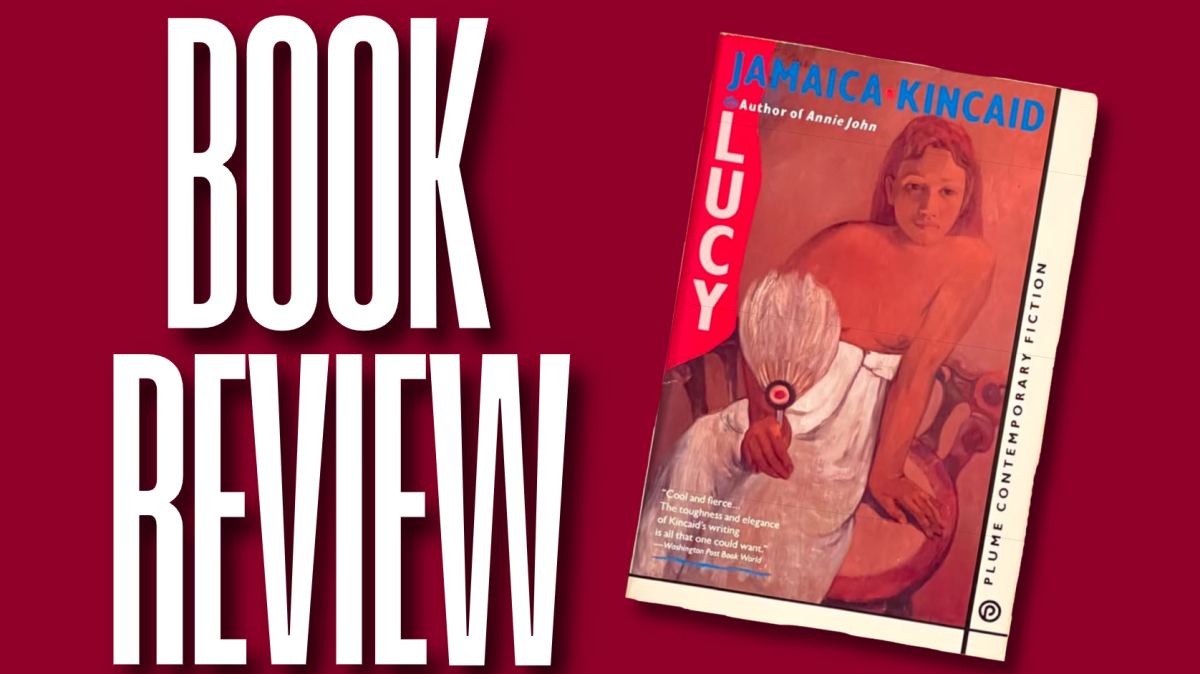


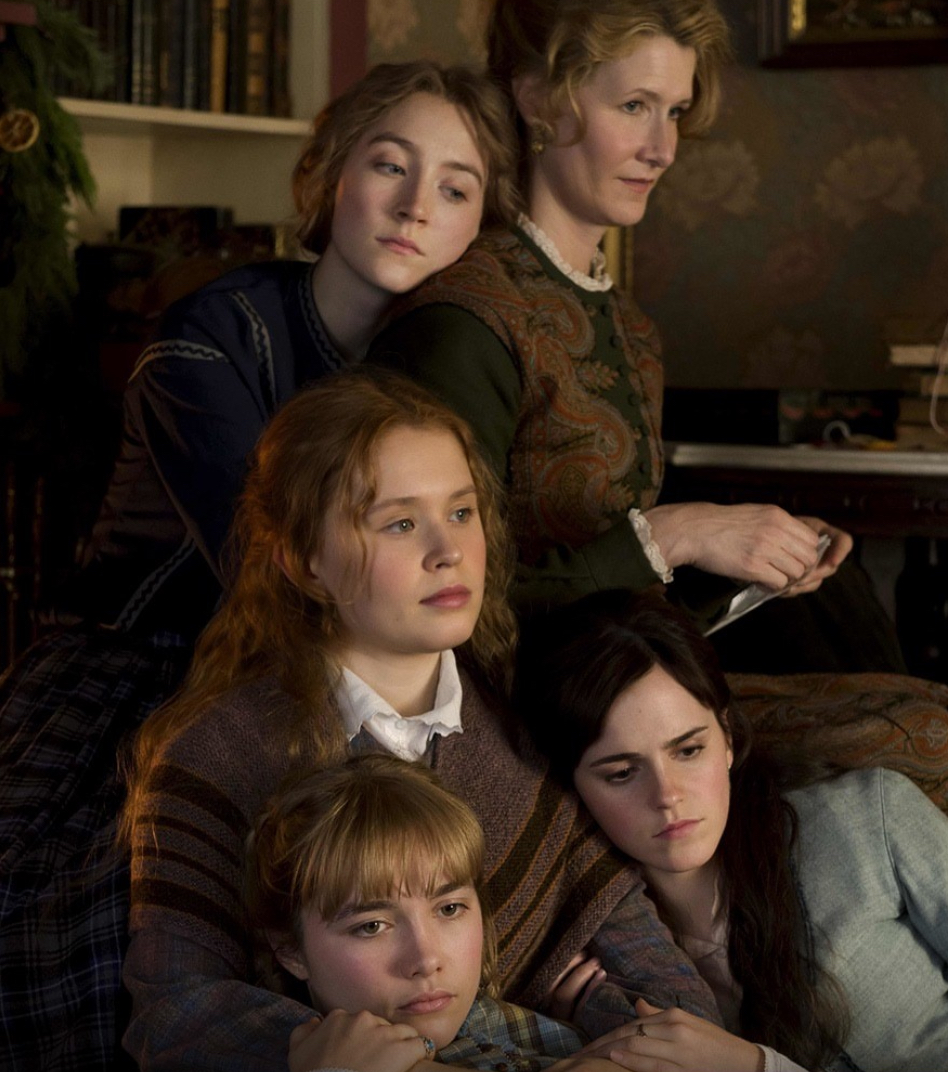








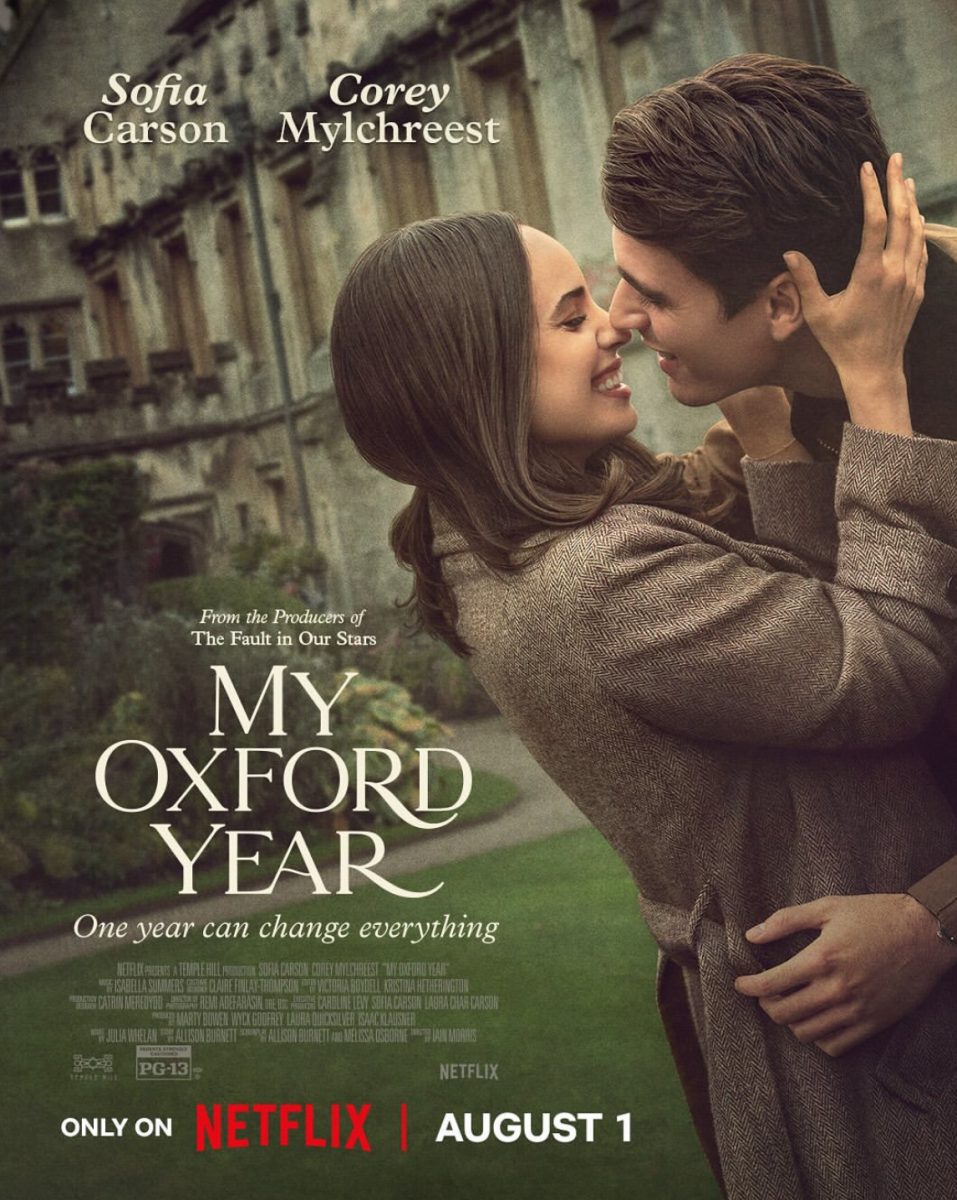












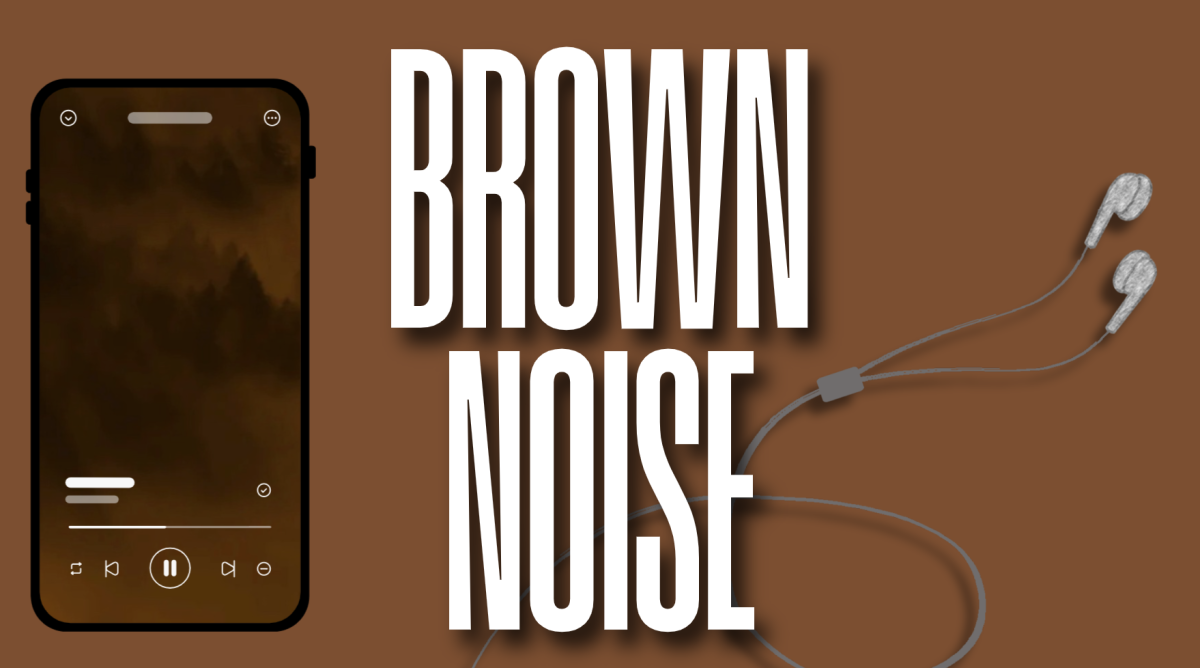

































































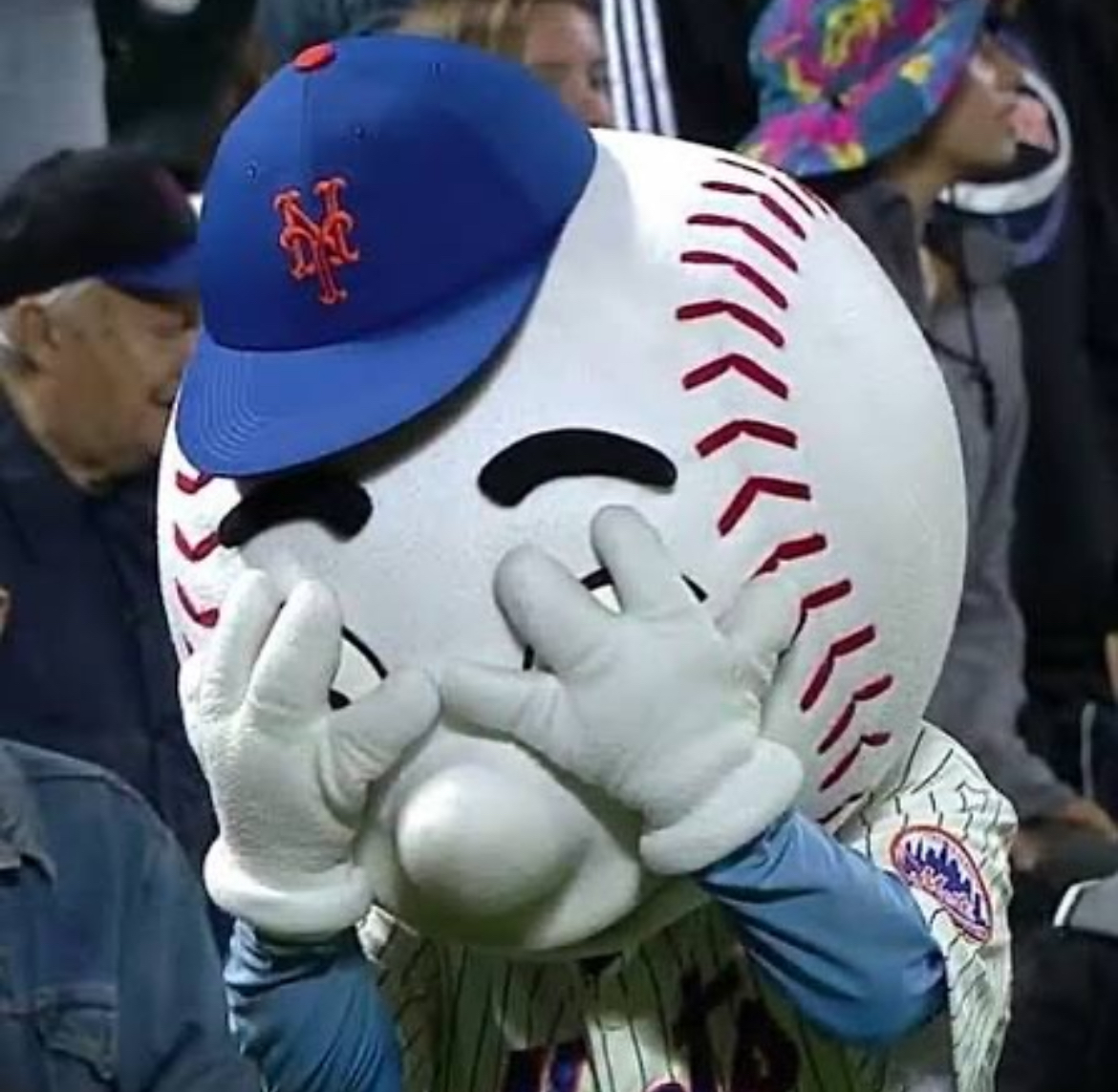










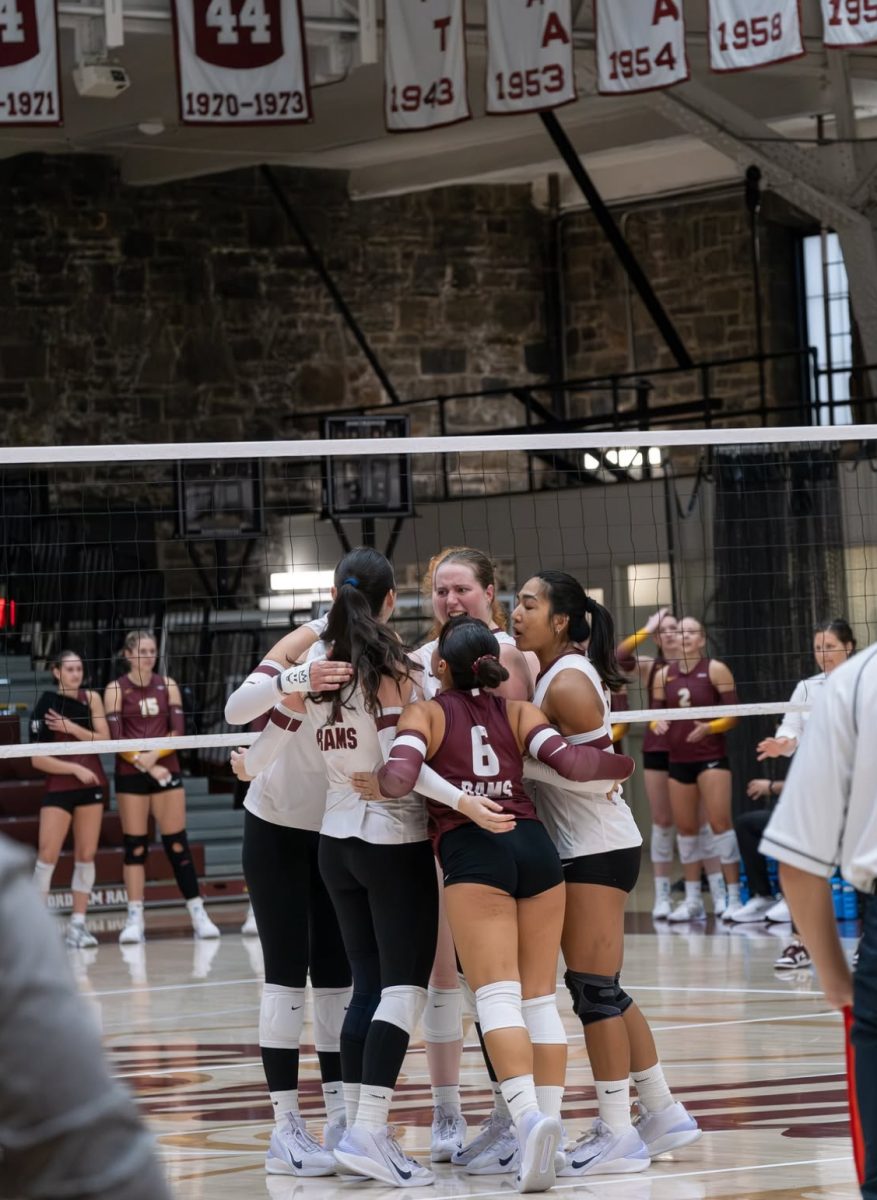




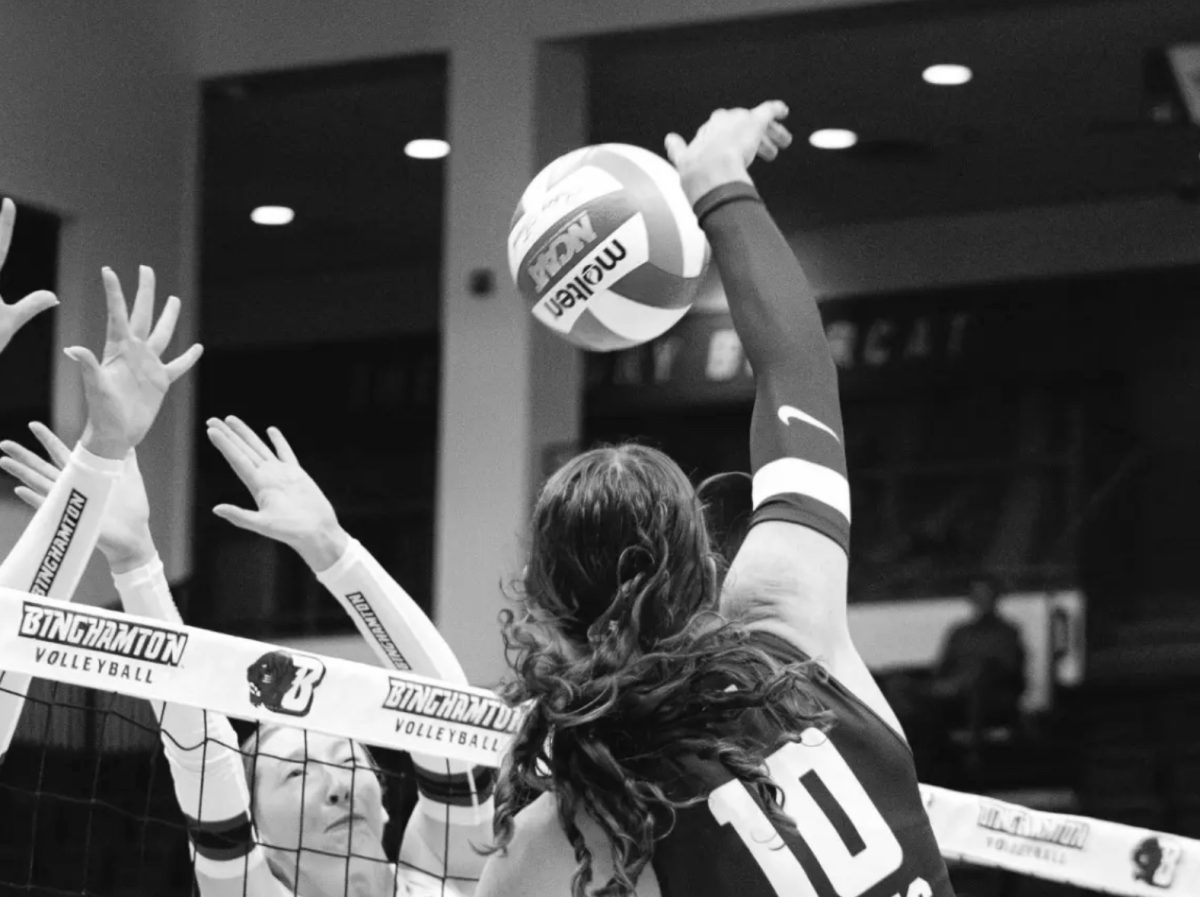

































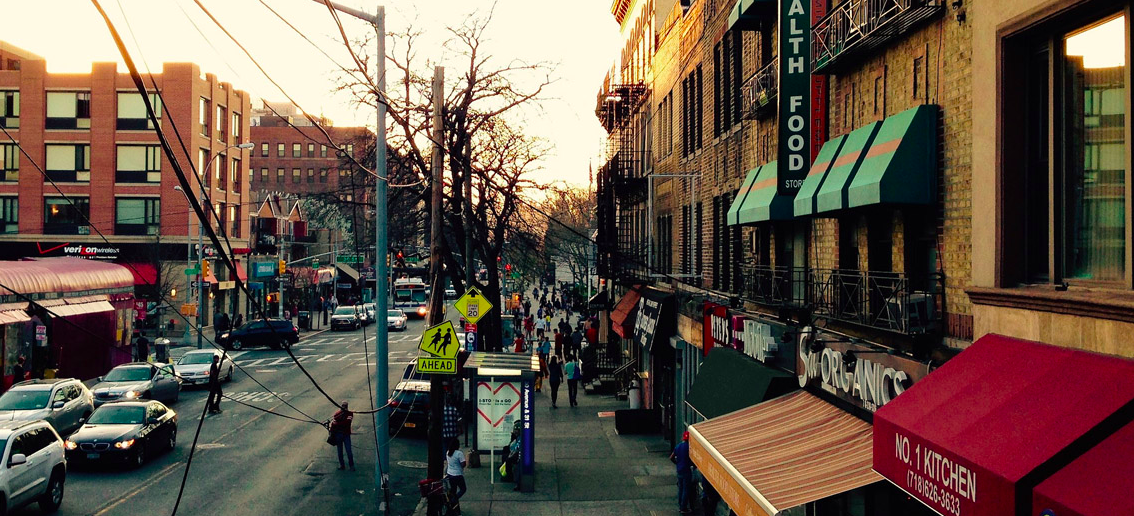

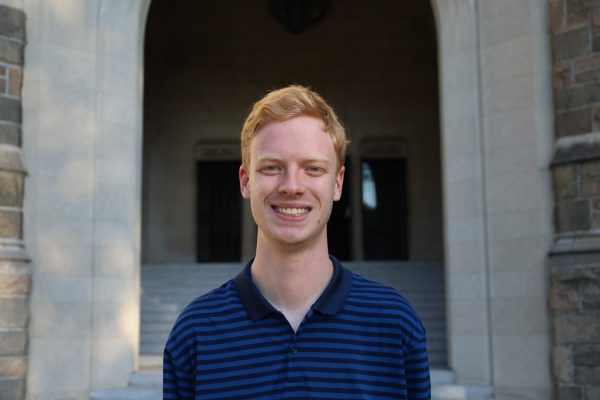
Troy Woodfin • Sep 30, 2024 at 12:28 am
Born and raised in Crown Heights. I was born in Brooklyn Jewish Hospital and raised on Lincoln Place between Rochester and Buffalo Avenue. I went to the Parkway School (P.S 167). I miss the old neighborhood.